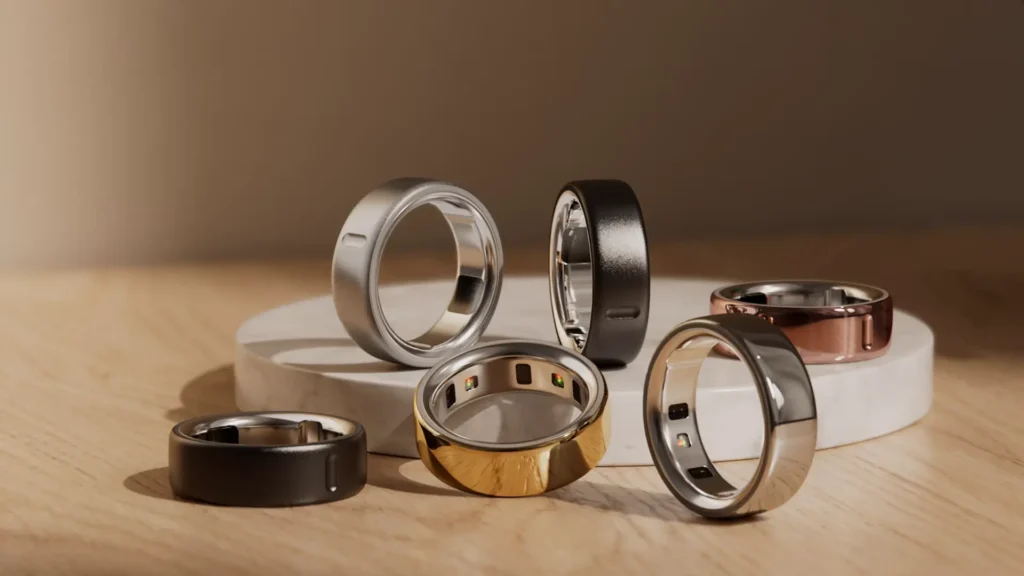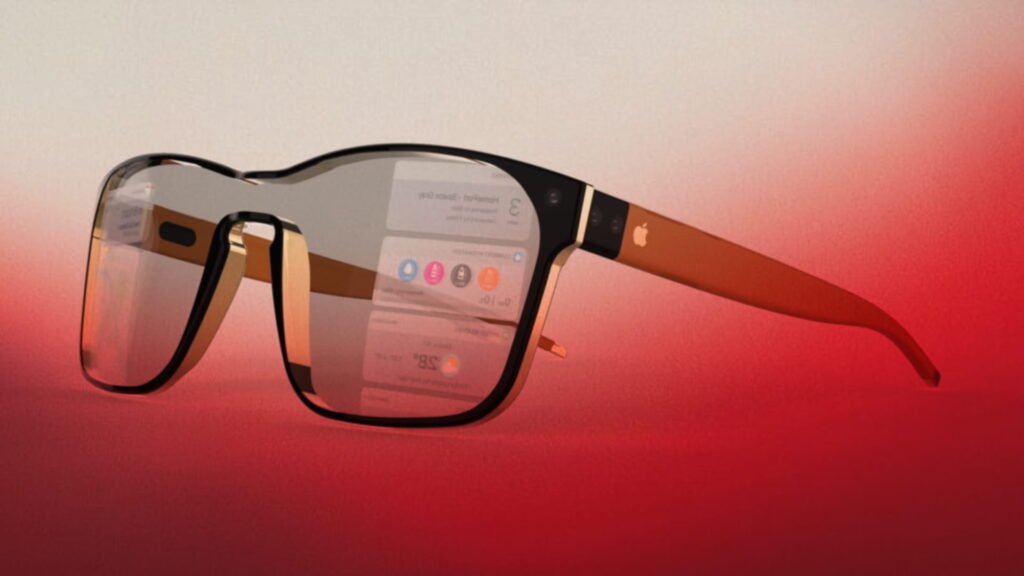You think it tracks your sleep. You think it counts your steps. You think it gives you scores for your recovery. But what if I told you the Oura Ring does things that seem straight-up weird?
It doesn’t just look at your body. It watches for patterns you don’t know exist. It predicts what your body is about to do. Some of these features feel less like fitness tracking and more like science fiction.
Most people wear smart rings for basic health info. But they miss what’s happening under the surface. Oura isn’t just another health gadget—it’s a pattern detector that sees what you can’t feel.
If you’re someone who cares about health, sleep, mood, or daily performance, you need to know what this ring is doing. Because it may already know more about your next headache or sickness than you do. And it’s not guessing—it’s watching your body, all day, all night.
The Weirdest Part? It Knows When You’re Getting Sick
One of the most surprising things the Oura Ring can do is alert you before you get sick. It checks changes in your temperature, heart rate, and breathing while you sleep. Then, without you feeling any symptoms, it gives a warning.
It’s not dramatic. You’ll just see a low Readiness Score or a sudden message that says your body may need rest. Then a day or two later, you start sneezing or feeling tired. That’s when you realize: the ring saw it before you felt it.
You don’t have to tell the ring you’re tired. You don’t have to check in with it. It watches your recovery levels and how your heart responds during the day and night. Then it warns you with a low recovery score or lowered activity recommendation.
This isn’t just about being tired. It’s about your nervous system being overwhelmed. Your ring watches it all through your Heart Rate Variability (HRV). It drops before burnout hits. Oura sees it.
Most people don’t know they’re stressed until they snap or crash. But your Oura Ring sees the tension building. It uses small changes in your resting heart rate, HRV, and skin temperature to detect internal pressure.
It doesn’t buzz. It doesn’t nag. But your stress score drops, and the data shows that your body is working harder. Before you feel overwhelmed, it already knows you’re on edge.
It Tracks Your Breathing Without a Mic
No microphones. No sound sensors. Yet the Oura Ring can track how many breaths you take per minute while you sleep. That’s weird—but powerful.
It looks at the tiny shifts in your heartbeat and temperature to count your breath rate. Why does this matter? A sudden change in your breathing while asleep can mean sickness, stress, or other health problems.
Yes, really. Many users say their ring can predict their menstrual cycle. It picks up on tiny rises in body temperature at night, before you’d notice them yourself.
Over time, the Oura Ring builds a cycle-based pattern. Then, just before your period begins, it shows a shift in temperature and Readiness Score. Some women say the ring is more accurate than their tracking apps.
If you travel a lot, you know that jet lag hits hard. But the Oura Ring doesn’t wait for you to crash. As soon as your body shifts into a different time zone, it picks up on your confused sleep signals.
It shows poor sleep timing, low HRV, and strange temperature swings. That’s its way of telling you, “Hey, your body’s struggling right now.” It gives recovery advice without waiting for you to complain.
Most fitness gadgets tell you how many steps you took or how long you slept. Oura goes deeper. It shows you trends over weeks or months that would be impossible to see yourself.
Are you recovering slower every Tuesday? Is your HRV getting worse every weekend? Are your body temperatures running higher for three nights in a row? These things sound tiny, but they reveal real problems. And Oura is always watching.
Other wearables just tell you to “get up and move” every hour. Not Oura. It waits, it watches, and only gives activity reminders when it sees your recovery score is high enough.
It doesn’t push you on your rest days. It doesn’t interrupt your sick days. It adjusts to your energy and readiness in real time. That’s weirdly smart for a small ring.
It Knows When You’re Being Honest About Rest
Did you say you “took it easy today”? Oura will know if that’s true. If your heart rate stayed high, your HRV stayed low, or your body temp was rising—your ring will mark it down.
You can’t fool it. It knows if you actually rested or if your body was secretly under pressure. This feedback loop keeps you honest without shaming you.
You don’t need a dream journal. You don’t need to record your sleep talking. Oura can sense if your sleep is disturbed. Sudden heart rate spikes, broken sleep stages, and temperature spikes—these all show up.
You might wake up feeling weird. Oura will back it up with data. You’ll see that your REM sleep dropped or that you had more movements than usual. It connects the dots for you.
Most devices tell you how long you slept. Oura watches when you sleep. If you go to bed at different times every night, the ring tracks that inconsistency.
This is important because your body works best on a set schedule. If you shift bedtime around too much, your sleep quality drops. Oura warns you before that happens.
Other fitness devices celebrate exercise. Oura celebrates smart recovery. Before it tells you to work out hard, it checks if your heart, nervous system, and sleep can handle it.
You might want to lift heavy or run fast. But Oura says, “Not today.” That message might be frustrating—but it prevents injury and long-term fatigue.
You may feel normal. But your Oura Ring might notice your body working harder to stay normal. You’ll see lower HRV, higher resting heart rate, and disrupted sleep—three early signs your immune system is kicking in.
That’s your cue to back off. It’s telling you to rest before you get fully sick. Most people don’t listen to their bodies until it’s too late. Oura gives you that early warning.
Most trackers give you quick data. Oura waits. It builds months of trend data and then starts showing deeper patterns. The longer you wear it, the better it understands your body.
You start seeing monthly trends, seasonal shifts, and early signs of long-term change. It becomes your body’s memory keeper. You learn more by looking back than just tracking each day.
You don’t see your body working behind the scenes. You don’t feel your nervous system reacting to bad sleep or poor diet. But Oura does.
This is what makes the ring weird—and amazing. It turns invisible stress into data. Then it uses that data to help you act before things go wrong.
It’s not the sensors that are strange. It’s the effect. The more you use Oura, the more you understand your patterns, your body, and your mind. And that’s addictive.
People start trusting it. They look at the scores before planning their day. They listen to its warnings. That’s not normal for a piece of jewelry. But the ring earns your trust.
The Oura Ring doesn’t just collect stats. It watches your body like a system. It tracks stress, recovery, sleep, and readiness in ways that feel personal.
Some of these features are so strange you’ll doubt them—until they come true. That’s the weird power of Oura. And once you see it, you can’t unsee it.
Oura is still adding features. Soon, it may track blood sugar, hydration, or mental state in real time. As the tech improves, what seems weird today will feel normal tomorrow.
But for now, Oura already sees what you can’t. And that’s what makes it the weirdest—and smartest—ring you’ll ever wear.



